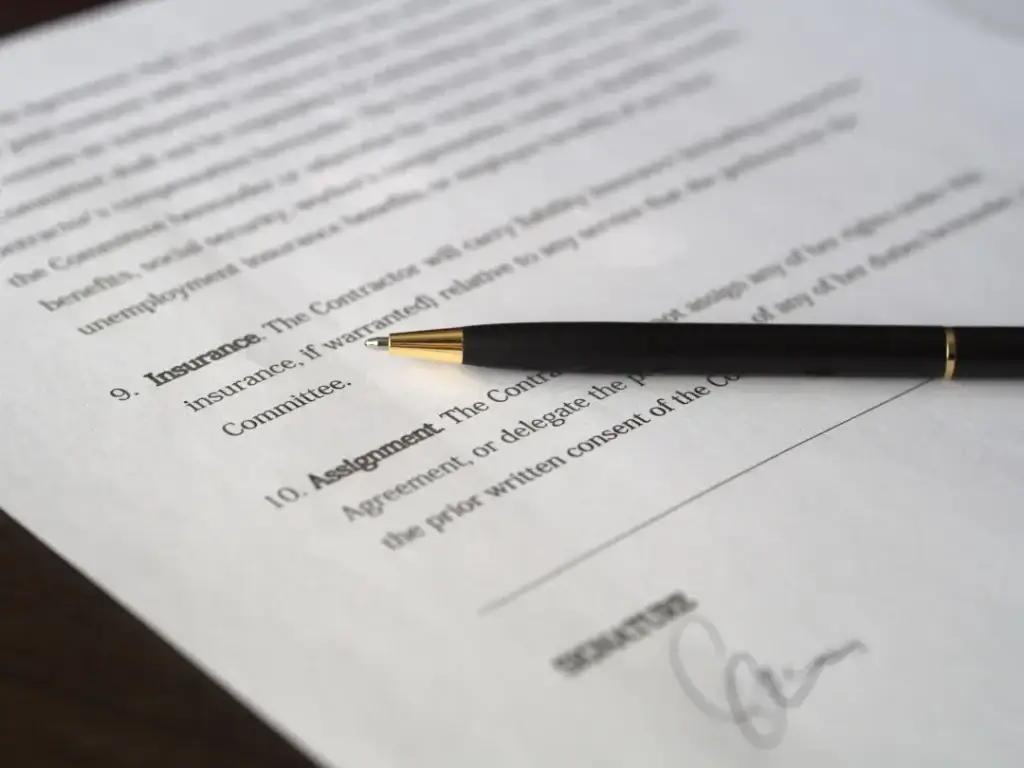April 19, 2022
AIA Contract Documents are the industry standard when it comes to construction agreements. Whether you’re new to the AIA’s contracts or have been using these documents for years, there may be some things you didn’t know about them. Here are five fun facts:
1. The Very First AIA Contract Document was an Owner/Contractor Agreement.
Yup, you read that right! The very first document that the AIA Contract Documents program published was titled the Standard “Form of Contract” (sometimes referred to as the “Uniform Contract”) and was a 4-page agreement between an owner and a contractor. It was created by the Committee on Uniform Contracts, which at that time consisted of the American Institute of Architects, the Western Association of Architects, and the National Association of Builders.
2. The Standard “Form of Contract” was First Published in 1888.
The Standard “Form of Contract” referenced above was first published in 1888, over 130 years ago. While the original version was only 4 pages long, it has evolved into what is now the well-known A201-2017, which runs 38 pages. In fact, if you look hard enough, you can still find remnants of the original 1888 language in the current A201-2017.
3. AIA Contract Documents are Traditionally Updated on a 10-Year Cycle.
The AIA Contract Documents program typically updates documents on overlapping 10-year cycles. This length of time is designed to accomplish multiple goals. First, this length of time is long enough to allow for the documents to be used on projects from start-to-finish (which can be many years) and for the entire industry (contractors, architects, owners, consultants, lawyers, courts, insurance professionals, etc.) to use, evaluate, and provide feedback on the documents. Second, this length of time is short enough to allow the documents to evolve over time and respond to industry trends and the feedback provided by users. Also, this regular cadence gives the industry predictability as to when to expect revised documents.
4. One of the Most Well-Known AIA Contract Documents, the A201 General Conditions of the Contract for Construction, is Updated on the Years Ending in “7.”
The current version of one of the AIA’s flagship documents, the A201 General Conditions, was last updated in 2017, and it will be updated again in 2027. However, it wasn’t always updated “on the sevens.” If you recall, a prior iteration of the document was first published in 1888 and has had many interim updates throughout the last century. But, the cadence of updating “on the sevens” started in 1987. Before then, the A201 was updated in 1976, 1970, 1966, 1963, 1961, 1958, 1951, 1937, 1925, 1918, 1915, and 1911.
5. The Updating Process for Some AIA Contract Documents Can Take Three Years or More.
Sticking with the A201-2017 General Conditions, for example, the process undertaken by the AIA Contract Documents program to update this document will take at least three years. This process includes things like reviewing comments received on the document over the past decade, reaching out to industry liaisons of all types to receive feedback on the current document, drafting revisions and receiving feedback on those revisions several times, and a thorough approval process by the AIA Contract Documents Committee.
So, when you begin your next project using one of the AIA Contract Documents – such as the A201 – you can be sure that many hours and thorough consideration has been given to each and every clause within that document, which ensures that it is fair & balanced, that it represents the industry’s current trends, and that it continues to be the industry standard.
To learn more about how AIA Contract Documents can help your business visit: AIA Contract Documents (aiacontracts.com)
Click here to know if you received a legitimate email from AIA Contract Documents
AIA Contract Documents has provided this article for general informational purposes only. The information provided is not legal opinion or legal advice and does not create an attorney-client relationship of any kind. This article is also not intended to provide guidance as to how project parties should interpret their specific contracts or resolve contract disputes, as those decisions will need to be made in consultation with legal counsel, insurance counsel, and other professionals, and based upon a multitude of factors.

